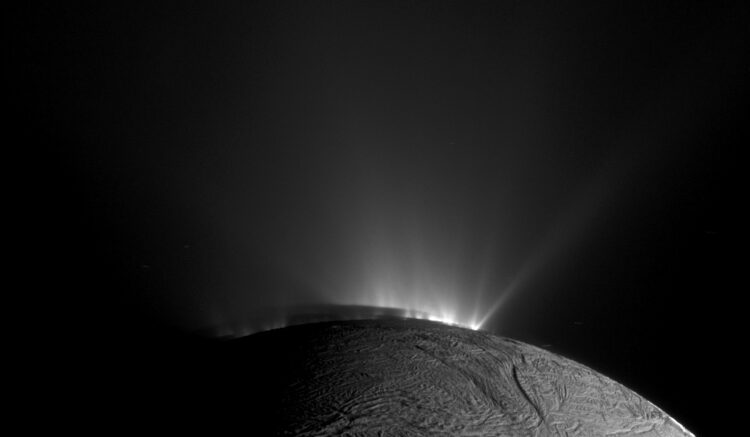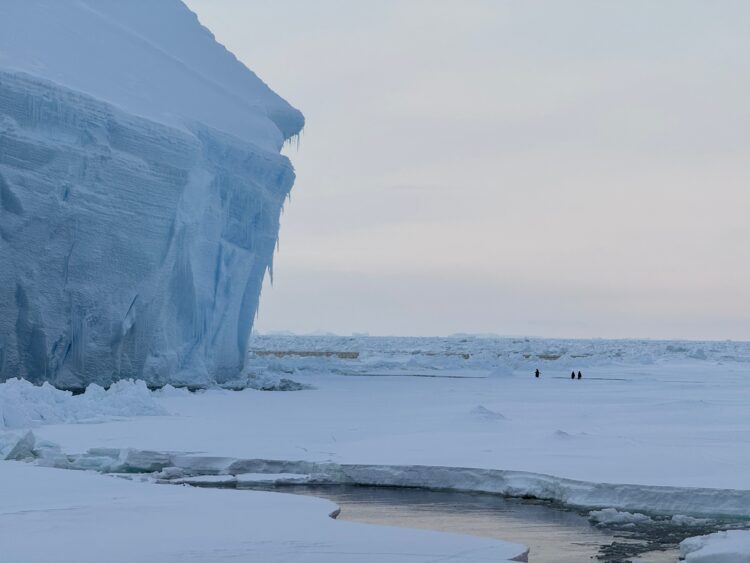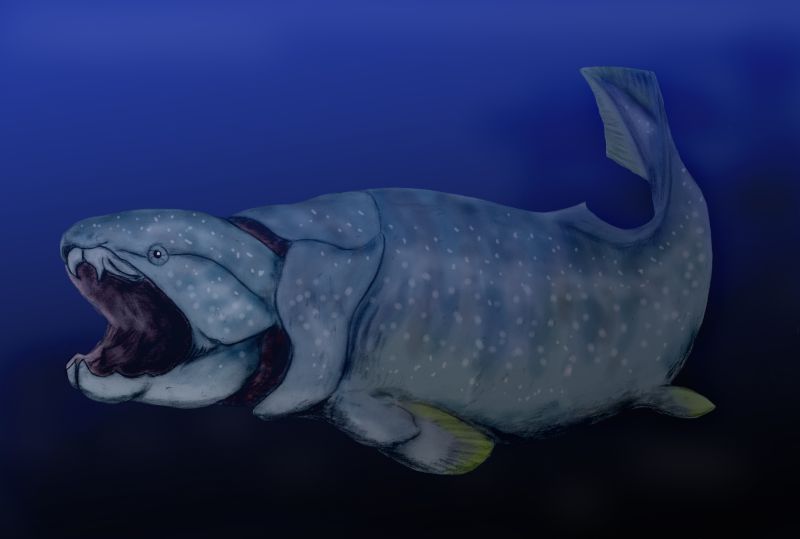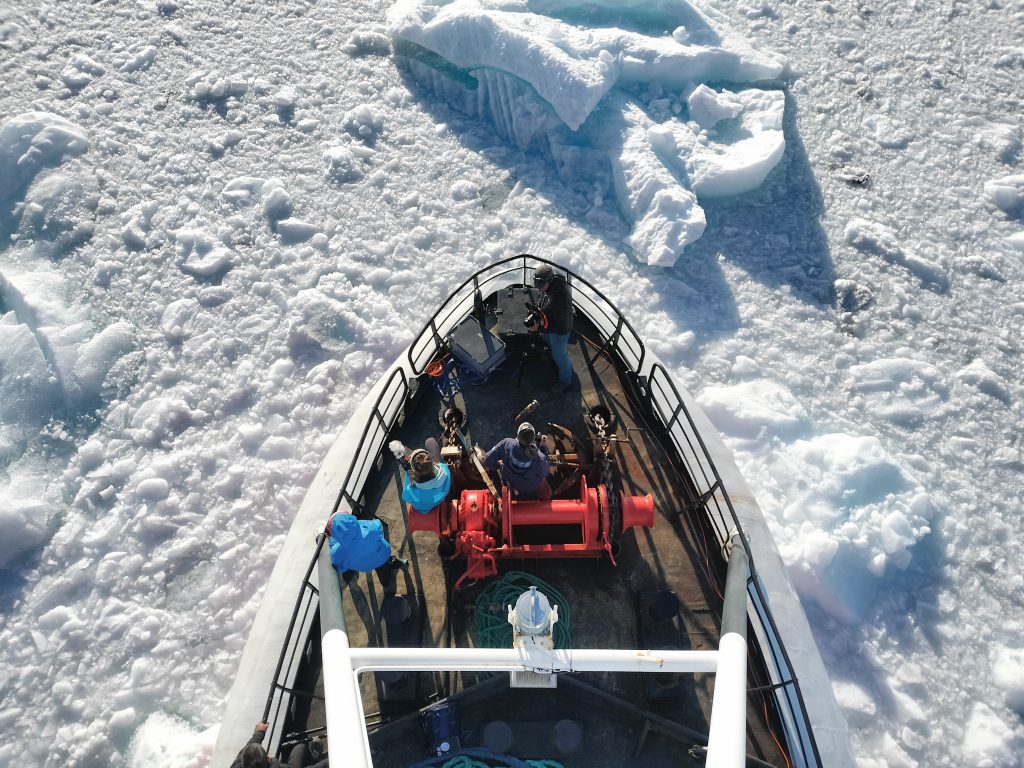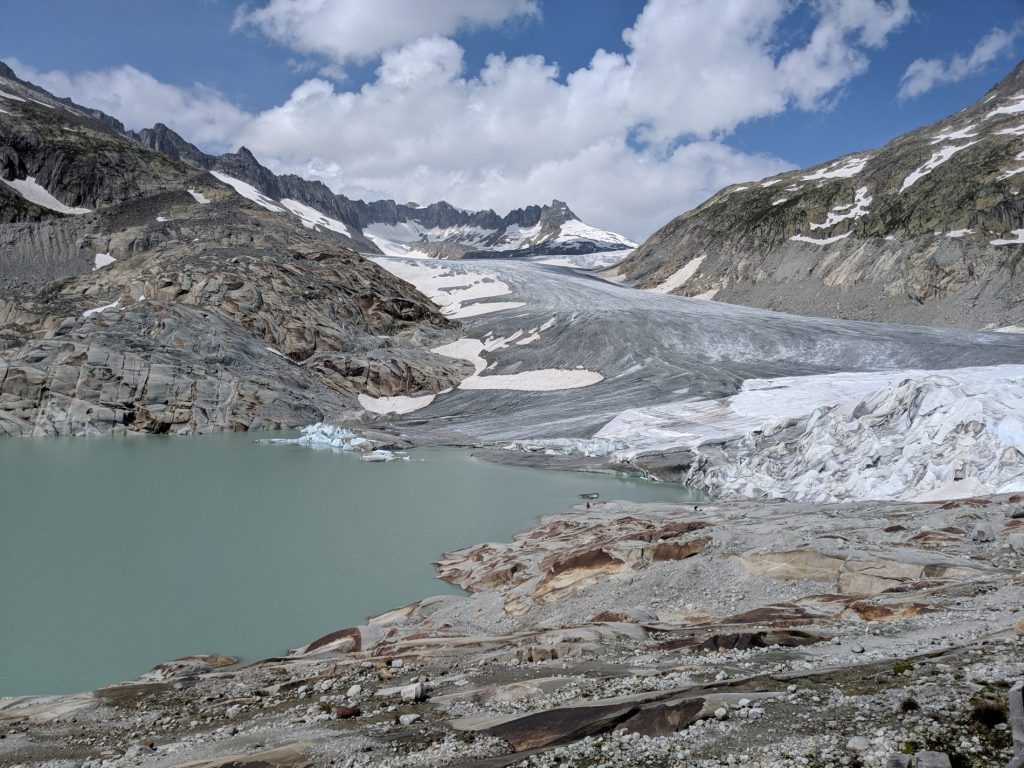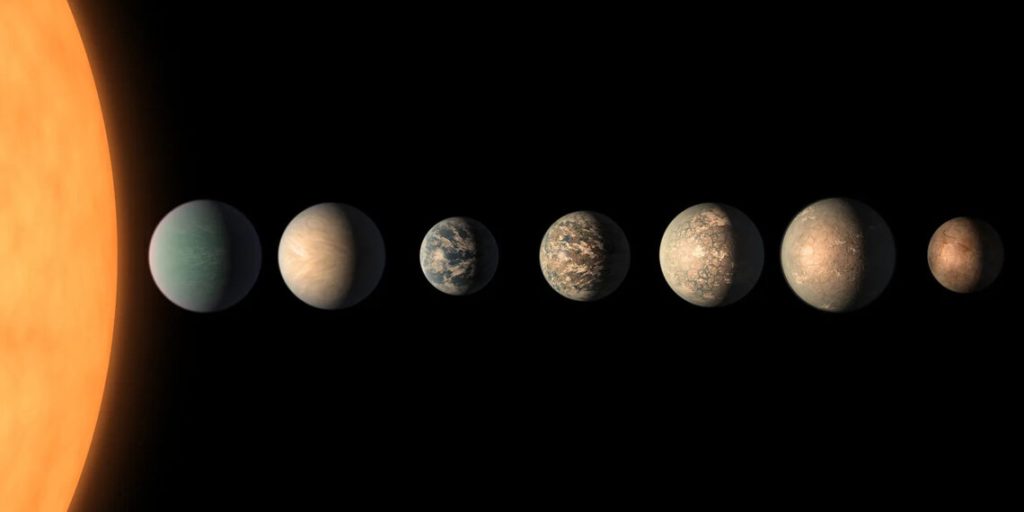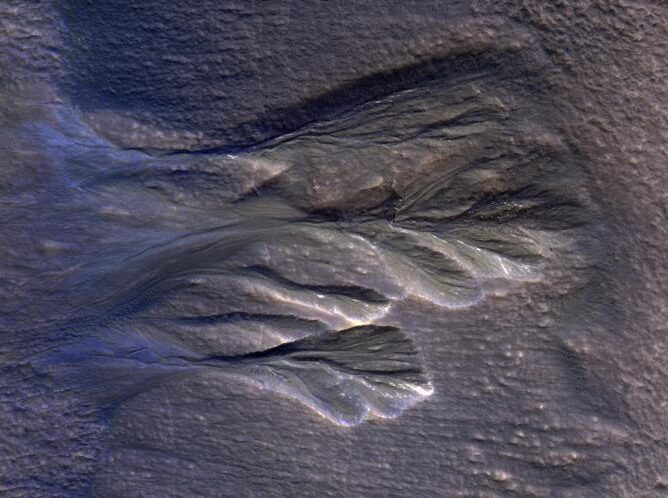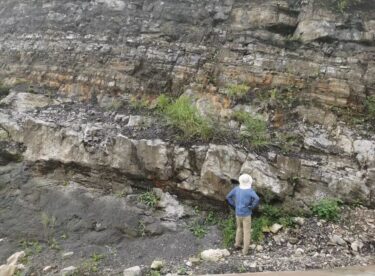Discovery of organic compounds bolsters case that Saturn's moon Enceladus could support life
A new analysis of data from the Cassini space probe has identified organic compounds within jets of water ice erupting from Saturn’s moon Enceladus. Some of the compounds, which likely originated in Enceladus’ subsurface ocean, have never before been identified on another world beyond Earth. The study, conducted in part by UW researcher Fabian Klenner, contributes to mounting evidence that Enceladus could support life.
Read more at UW NewsResearchers find key to Antarctic ice loss blowing in the north wind
Antarctic ice is melting at a startling pace, and the West Antarctic Ice Sheet is one of the greatest sources of uncertainty in climate projections. Researchers thought westerly winds were accelerating ice loss, but a new study from UW flips the narrative by 90 degrees, pointing instead to winds from the north.
Read more at UW NewsHow oxygen made the deep ocean home to animals, spurring rapid evolution
New research shows deep-ocean oxygenation supported animal evolution, but only after 390 million years when above-ground plants increased woody biomass, altering atmospheric and aquatic oxygen levels. This trend closely correlates with the rise of modern vertebrates. ESS Graduate student Kunmanee "Mac" Bubphamanee is lead author.
Read more on UW News'Revolutionary' seafloor fiber sensing reveals how falling ice drives glacial retreat in Greenland
A UW-led team of researchers, including ESS postdoc Dominik Gräff and Assistant Professor Brad Lipovsky, used a fiber-optic cable to capture calving dynamics across the fjord of the Eqalorutsit Kangilliit Sermiat glacier in South Greenland. This allowed them to document — without getting too close — one of the key processes that is accelerating the rate of glacial mass loss and in turn, threatening the stability of ice sheets, with consequences for global ocean currents and local ecosystems.
Read the full story on UW NewsSeismologists tapped into the fiber optic cable network to study offshore faults
UW ESS researchers showed that they can monitor seismic activity at the ocean floor using fiber optic cables without disrupting telecommunications. They developed this technique in Alaska and then tested it off the coast of Oregon.
Read more at UW NewsUsing a fiber optic cable and machine learning to track glacial melt
Understanding how glaciers melt is key to understanding environmental change, water security, and sea level rise. A new study, led by ESS graduate student John-Morgan Manos, uses Distributed Acoustic Sensing to train a machine learning model to predict glacier runoff.
Read moreRocky planets orbiting small stars could have stable atmospheres needed to support life
A UW-led study recently published in Nature Communications finds that certain rocky planets orbiting a small star 40 light years away may have stable atmospheres needed to support life. Lead author and ESS assistant professor Joshua Krissansen-Totton is quoted.
Read more at UW NewsLife could exist on Mars in shallow meltwater pools below icy surface, study suggests
A new study from researchers at NASA's Jet Propulsion Laboratory, UW, and other universities suggests microbes could find a potential home beneath layers of ice known to exist on Mars' surface. Lead author Aditya Khuller will join the UW Applied Physics Laboratory as a senior research scientist in November. ESS professor emeritus and co-author Steve Warren is quoted.
Read more at UW NewsExplaining dramatic planetwide changes after world's last 'Snowball Earth' event
Some of the most dramatic climatic events in our planet’s history are “Snowball Earth” events that happened hundreds of millions of years ago, when almost the entire planet was encased in ice up to 0.6 miles (1 kilometer) thick. ESS PhD student Trent Thomas is lead author on a new student recently published in Nature Communications
Read more